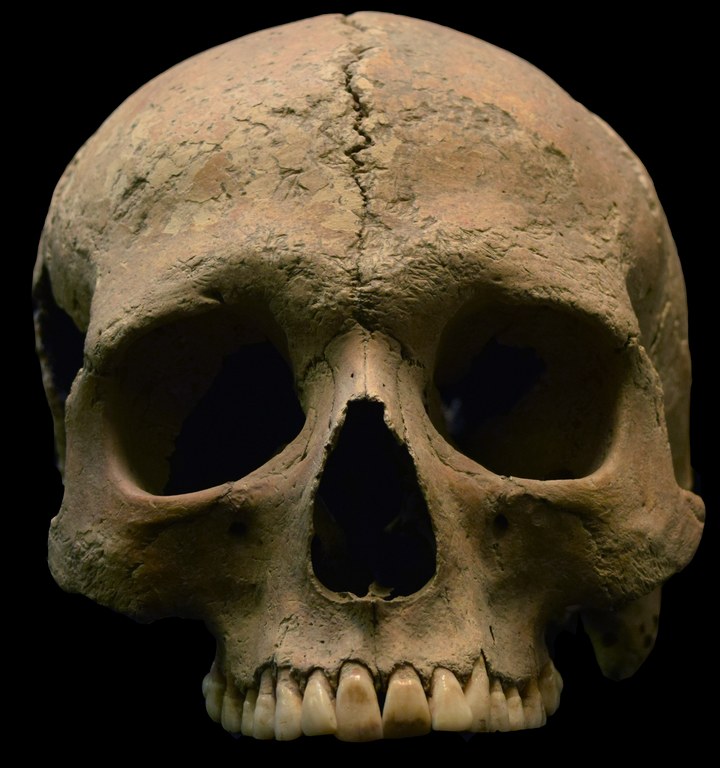Plasmodium falciparum malaria in 1st–2nd century CE southern Italy
Using ancient DNA technology, we were able to retrieve over 50% of the Plasmodium falciparum mitochondrial genome from two adults in different localities.
Dec 05, 2016
Malaria is an important disease that has long impacted humans in the past and continues to do so today. During the Roman Empire (1st-3rd century C.E.), the parasite is thought to have caused widespread illness and death. Ancient authors describe fevers that sound, in hindsight, like malaria, but the species responsible couldn’t be identified solely using this evidence. To address this, we selected human skeletal samples from diverse coastal and rural localities in southern Italy to see if it was possible to recover molecular signatures of malaria. Using ancient DNA technology, we were able to retrieve over 50% of the Plasmodium falciparum mitochondrial genome from two adults in different localities. This suggests malaria potentially affected individuals in a range of ecological and cultural environments. Although these results definitively place malaria in a specific time and place, much remains to be explored about the extent of this disease in the past and how it influenced daily life in the Empire.
Article Title: Plasmodium falciparum malaria in 1st–2nd century CE southern Italy
Authors: Stephanie Marciniak , Tracy L. Prowse, D. Ann Herring, Jennifer Klunk, Melanie Kuch, Ana T. Duggan, Luca Bondioli, Edward C. Holmes, Hendrik N. Poinar
Curr. Biol., Vol. 26 (23), Dec. 2016, DOI: 10.1016/j.cub.2016.10.016
Article Summary
The historical record attests to the devastation malaria exacted on ancient civilizations, particularly the Roman Empire. However, evidence for the presence of malaria during the Imperial period in Italy (1st–5th century CE) is based on indirect sources, such as historical, epigraphic, or skeletal evidence. Although these sources are crucial for revealing the context of this disease, they cannot establish the causative species of Plasmodium. Importantly, definitive evidence for the presence of malaria is now possible through the implementation of ancient DNA technology. As malaria is presumed to have been at its zenith during the Imperial period, we selected first or second molars from 58 adults from three cemeteries from this time: Isola Sacra (associated with Portus Romae, 1st–3rd century CE), Velia (1st–2nd century CE), and Vagnari (1st–4th century CE). We performed hybridization capture using baits designed from the mitochondrial (mtDNA) genomes of Plasmodium spp. on a prioritized subset of 11 adults (informed by metagenomic sequencing). The mtDNA sequences generated provided compelling phylogenetic evidence for the presence of P. falciparum in two individuals. This is the first genomic data directly implicating P. falciparum in Imperial period southern Italy in adults.
Link to Current Biology Article
Forbes Article
CNN Article
CBC Article
Phys.org Article

Frontal view of the above skull. This skull of an adult male (approx. 20-25 years in age), was recovered from the Velia Necropolis (1st-2nd c. C.E). Image credit: Luigi Pigorini National Museum of Prehistory and Ethnography in Rome